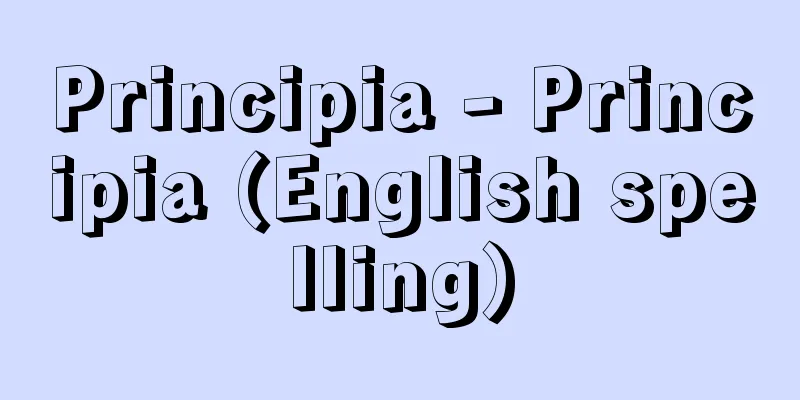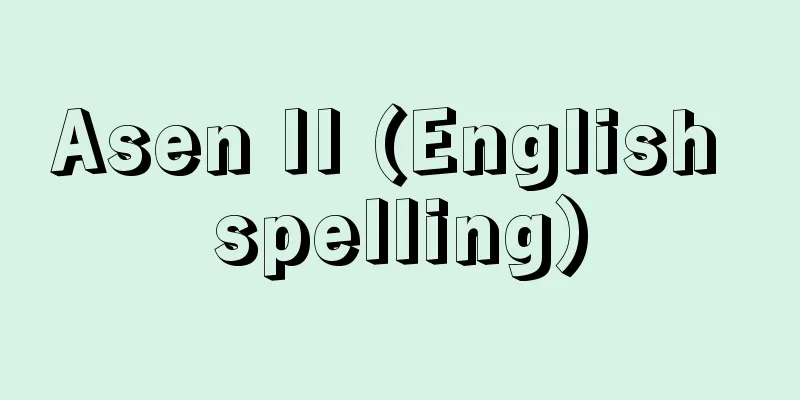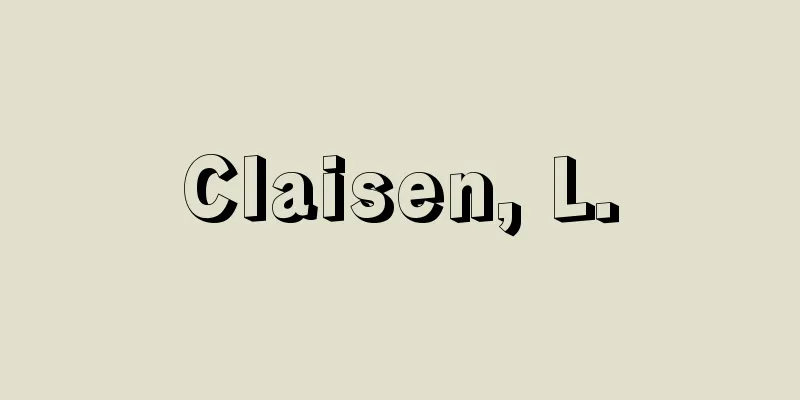Principia - Principia (English spelling)

|
A physics book. A book formulating the general laws of mechanics, published by Newton in 1687 with the help of Harry. Its formal title was Philosophiae Naturalis Principia Mathematica . In 1713, in response to various criticisms that arose after the publication of the first edition, a second edition was published with significant additions and revisions, as well as the addition of "general notes." This is where the so-called "I make no hypotheses" and the positioning of God as the absolute ruler of time and space were made. A third edition was published in 1726. It is well known that the impetus for the publication of "Principia" was the question posed by Hooke, Wren, Harry and others in 1684, "What is the orbit of a body when acted upon by an inverse square force?", but Newton's research into mechanics began in 1664 during his time at Cambridge, and he deepened his thoughts under the influence of many predecessors such as Galileo, Kepler and Descartes, and in his "Miscellaneous Notebook" written in 1665-1666, he showed original developments such as the theory of collisions, circular motion, and the reason why objects on the earth are not thrown into space by the earth's rotation. "Principia" is a book in which Newton systematizes his own natural philosophy, and at the same time, it is a book that concludes that field up to the second half of the 17th century. The book is composed of a preface, definitions, axioms or laws of motion, followed by Part 1 on the motion of objects, Part 2 on objects (in a resisting medium), and Part 3 on the world system. The preface states that in order to develop the science of machines, the science is expanded, speculation is eliminated, and the forces that cause various movements are discovered, and natural phenomena are explained based on these. The definition discusses mass in terms of the amount of matter and the difficulty of moving it, and distinguishes forces into inherent forces (inertial forces) and applied forces (collisional forces and centripetal forces). It states that these quantities are related to motive forces, accelerating forces, and absolute forces (the source of centripetal forces) depending on how matter exists in space, and that the relationship between accelerating gravity (gravitational acceleration) and kinetic gravity (weight) is proportional based on a pendulum experiment. The axioms include the so-called three laws of Newton, and the commentary describes the concepts of absolute time and space. The first volume introduces centripetal force, the motion of objects, and Kepler's three laws, the second volume shows that Descartes' spiral universe theory cannot be supported mechanically, and the third volume uses the theory of gravity to provide a unified discussion of terrestrial and celestial motion. While retaining the shadow of the era in which Newton lived, which saw the rule of God, this book provides a unified expression of the mechanical forms of motion of matter from the earth to the heavens. [Satoshi Ihara] "The Social and Economic Foundations of the Principia" by Gessen, translated by Akima Minoru et al. (1986, Hosei University Press) " "Chandrasekhar's Lectures on the Principia" by S. Chandrasekhar, translated by Nakamura Seitaro (1998, Kodansha)" [References] | |Source: Shogakukan Encyclopedia Nipponica About Encyclopedia Nipponica Information | Legend |
|
物理学書。1687年ニュートンがハリーの助力で出版した力学の一般法則定式化の書。正式には『自然哲学の数学的原理』Philosophiae Naturalis Principia Mathematica。1713年、初版出版後におきた種々の批判にこたえ大幅な補足・加筆と「一般注」が追加され第2版が出版された。いわゆる「我仮説をつくらず」や絶対的時間・空間の支配者としての神の位置づけがここでなされた。1726年には第3版が出版された。『プリンキピア』出版の契機が1684年、フック、レン、ハリーらの「逆二乗力の作用を受けて運動する物体の軌道はいかなるものか」の問いにあったことはよく知られているが、ニュートンの力学研究は1664年のケンブリッジ時代に始まり、ガリレイ、ケプラー、デカルトら多くの先人の影響の下に思索を深め、1665~1666年の『雑記帳』には衝突論をはじめ、円運動、地球の自転で地上の物体が宇宙に投げ出されない理由など、独創的な展開がみられる。『プリンキピア』はこうしたニュートン自身の自然哲学上の体系化の書であり、同時に17世紀後半までのその分野の総決算の書でもある。 全体は、序文、定義、公理または運動の法則、ついで第一編物体の運動について、第二編物体について(抵抗ある媒質中における)、第三編世界体系について、で構成される。序文では、機械の学問を発展させるためにその学問を拡張し、思弁を排し、諸運動の原因である力をみいだし、これをもとに自然の諸現象を説明すると述べる。定義では、質量を物質の多寡と動かされにくさで、力を固有の力(慣性力)と加えられた力(衝突力・求心力)とに区別して論じ、これらの諸量が物質の空間での存在の仕方によって起動力、加速力、絶対力(求心力の源泉)と関係づけられ、加速的重力(重力加速度)と起動的重力(重量)の関係が振り子の実験をもとに比例関係であると述べる。公理ではいわゆるニュートンの三法則が、注解では絶対時間・空間の概念が述べられる。第一編では求心力と物体の運動、ケプラーの三法則が導出され、第二編ではデカルトの渦状宇宙論が力学的に支持しえないことが、第三編では重力理論にたって地上の運動から天体の運動までが統一的に論じられる。神の支配というニュートンの生きた時代の影を残しながら、本書は地上から天界に至る物質の力学的運動形態を統一的に表現したのである。 [井原 聰] 『ゲッセン著、秋間実他訳『プリンキピアの社会的・経済的基礎』(1986・法政大学出版局)』▽『S・チャンドラセカール著、中村誠太郎監訳『チャンドラセカールの「プリンキピア」講義』(1998・講談社)』 [参照項目] | |出典 小学館 日本大百科全書(ニッポニカ)日本大百科全書(ニッポニカ)について 情報 | 凡例 |
Recommend
haliaia
…The word agora comes from the verb meaning to ga...
chirurgy
…In Japan, the word “surgery” is used because it ...
Fossaria truncatula (English spelling)
...It is the intermediate host of the liver fluke...
V1 - V
…An aircraft is a general term for any vehicle th...
cross-country
… [Nordic events] There are three types of events...
Fake Divorce - Fake Divorce
…When parties conspire to perform a legal act to ...
Place of surname - Myojinochi
The place where the family name originated. The fo...
North America - Kitaamerika (English spelling) North America
A name used to divide the Americas. When the cont...
Elmacin, G. (English spelling)ElmacinG
…His major work, the Blessed Corpus, is a world h...
Wettiner
…In addition, the rich silver mines discovered in...
Przyboś - Julian Przyboś
Polish poet and essayist. Born into a farming fam...
Li Ya
A mathematician from the Yuan Dynasty in China. Da...
Ibn al‐'Arabī
1165‐1240 Islamic mystic. Born in Murcia in southe...
Dentures - If you have them
Also called dentures. Artificial teeth to replace ...
Kamo Rebellion
A peasant uprising occurred in September 1836 (Te...









